Key takeaways
- The adoption of low-code development is increasing rapidly — around 70% of applications will be built using low-code technology by 2025.
- To get the best out of low-code platforms, companies should consider the capabilities various vendors offer and build software aimed at speed, simplicity, and standardization.
- Businesses can and should leverage the skills of their developers to customize and extend the low-code platform capabilities. If your company needs top-1% nearshore developers to build award-winning solutions, our Low-code Studio is at your service.
Introduction
The era of low-code development is upon us — here are just a few numbers to prove this point:
- 70% of applications will be built utilizing no-code/low-code technology by 2025.
- 84% of companies use low-code platforms to optimize IT resources, accelerate time-to-market, and engage business experts in digital asset development.
- $187 billion is the anticipated valuation of the low-code development market by 2030.
Embracing low-code development can offer businesses substantial advantages. In this article, we’ll delve into what exactly low code entails, the potential upsides, as well as the challenges you might encounter. Additionally, we’ll discuss the most effective ways to seamlessly integrate it into your processes to yield optimal results.
Tap into top-1% global tech talent, trusted by 280+ Fortune 500 firms and VC startups, to accelerate your project success and get up to 3X ROI
What is low-code development
The complexity of traditional software development often delays the delivery of solutions to the market. This prevents companies from swiftly adapting to evolving business requirements and staying ahead of the curve.
In response to these challenges, low-code development has emerged as a solution to streamline software development by reducing the need for extensive manual coding. In other words, low-code solutions let users build and tailor applications avoiding grappling with intricate code or writing software from the ground up.
What is a low-code platform
Think of a low-code platform as a versatile toolbox geared with intuitive visual interfaces and ready-made components that allow users to effortlessly drag and drop elements to:
- Significantly expedite the development process.
- Make the whole experience more accessible to professional software developers and citizen developers.
- Get a more agile and responsive software creation process, aligning with the demands of the ever-evolving business landscape.
Low-code vs No-code
While low-code platforms are a way to tackle the challenges we’ve talked about, they’re not the only game in town. No-code solutions are picking up steam too, but they do come with greater limitations. Here’s the side-by-side comparison to help you understand the differences and determine which solution suits your project best.
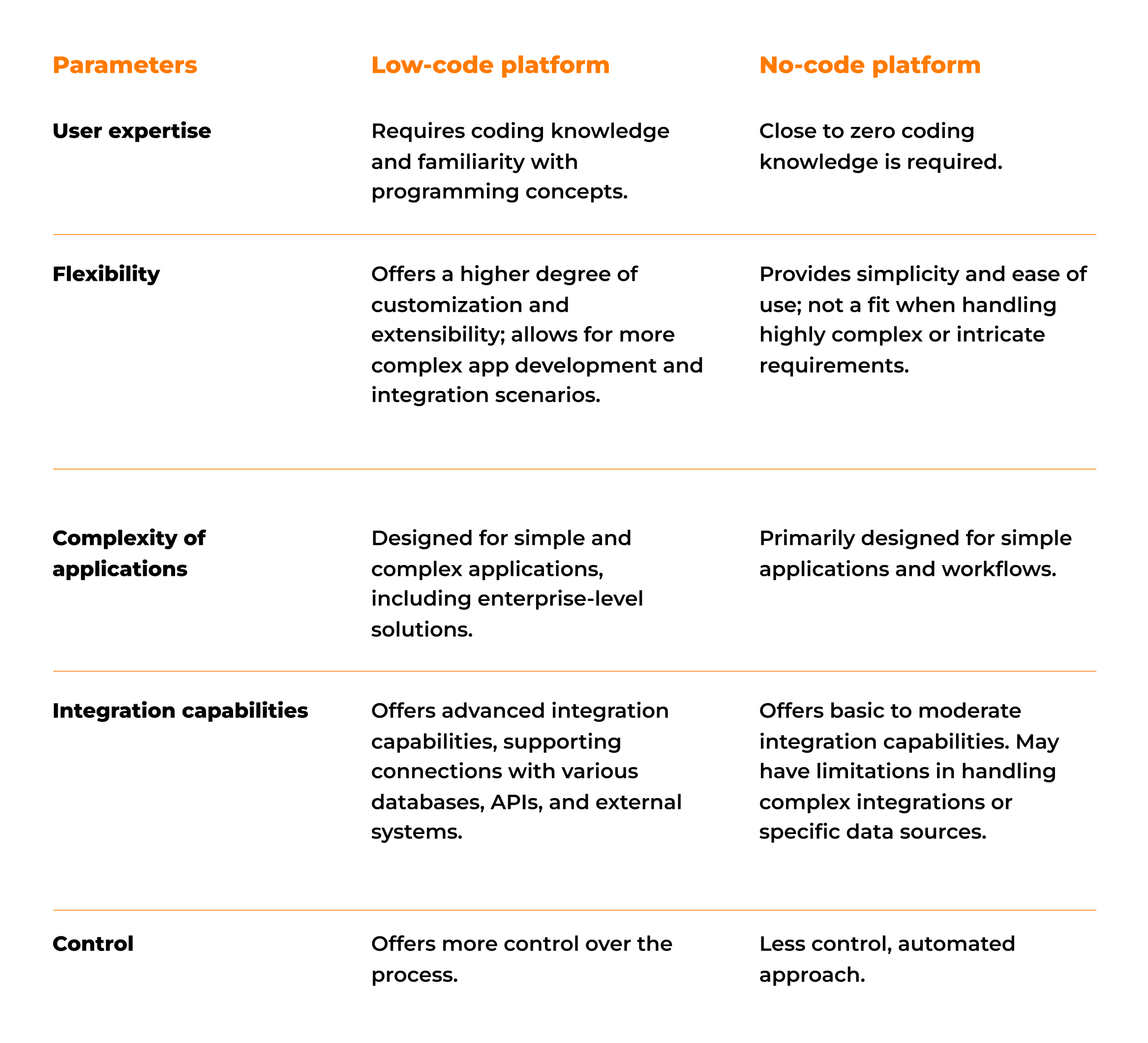
Benefits of low-code platforms
Deloitte names low-code development platforms as game changers for the numerous benefits they bring to both businesses and IT.

Low-code platforms limitations
While low-code platforms offer advantages in simplifying and speeding up software development, they also have some limitations.
What is a low-code platform
Limited customization
Low-code platforms are not always capable of dealing with complex requirements. Pre-built components and standard functionalities of low-code solutions may not be the best fit for the implementation of unique industry-specific capabilities.
Walled gardens and vendor lock-in
Low-code platforms can enforce proprietary frameworks and/or programming languages, limiting compatibility and creating challenges should you decide to switch vendors later on.
Scalability concerns
Not all low-code platforms can scale to handle high-traffic applications. The more data the product has, the more these platforms may struggle with increased workloads, resulting in performance instability.
Security capabilities
Low-code platforms provide built-in security and compliance features. However, companies in industries like healthcare and fintech often require higher security models that call for customized implementations of special security measures to keep up with industry standards.
How to leverage low-code platforms successfully
To get optimal results from using low-code platforms, many businesses follow these practices.
- Pay attention to whether the features, functionality, flexibility, compatibility, support, and security features offered by low-code platforms match your specific requirements.
- Get the most of your developers’ skills. Low-code platforms offer tools and resources to make your team work easier and faster. With the right dev talent on board, companies can customize or extend the low-code platform capabilities.
- Balance flexibility and simplicity. Even though low-code platforms simplify the development process, they come with limited flexibility. So, the best way to use such platforms is by building applications that require speed, simplicity, and standardization and have clearly defined scope and requirements.
Low-code platforms use cases
Low-code platforms can be used in a variety of cases, here are just a few examples:
- Cross-platform development
Low-code platforms facilitate cross-platform development. A single solution can be deployed on multiple platforms (e.g., iOS and Android). In addition, such platforms often include intuitive drag-and-drop interfaces for designing app layouts and UI elements. This lets software experts build visually appealing, user-friendly mobile applications without extensive design skills. - Customer relationship management (CRM)
Developing customized CRM solutions tailored to specific business needs is way easier thanks to pre-built connectors and integratio
n capabilities since CRM systems interact with various data sources, external applications, and third-party services.
CRM involves numerous processes, from lead management to customer support. Low-code platforms facilitate the automation of these workflows, streamlining tasks, reducing manual errors, and ensuring consistency. Also, built-in analytics and reporting tools provide real-time insights into customer interactions, sales performance, and other key metrics. - Data dashboards
Low-code platforms offer pre-built components and connectors for trouble-free integration of data sources, as well as the development of advanced data visualizations without the need for extensive coding. Thanks to a simple and intuitive visual interface, users can create interactive dashboards faster and more efficiently.
Our teams bring 2X cost efficiency without compromising on quality, giving you a smarter way to build and scale
Top 5 enterprise low-code application platforms
According to Gartner, “enterprise low-code application platforms (LCAPs) provide features essential for application delivery and maintenance in midsize and large organizations. These features include support for high performance, availability and scalability of applications, disaster recovery, security, API access to (and from) enterprise and third-party cloud services, usage monitoring, service-level agreements, and availability of technical support and training.”
Here are the top 5 LCAPs that nail the list of capabilities mentioned above:
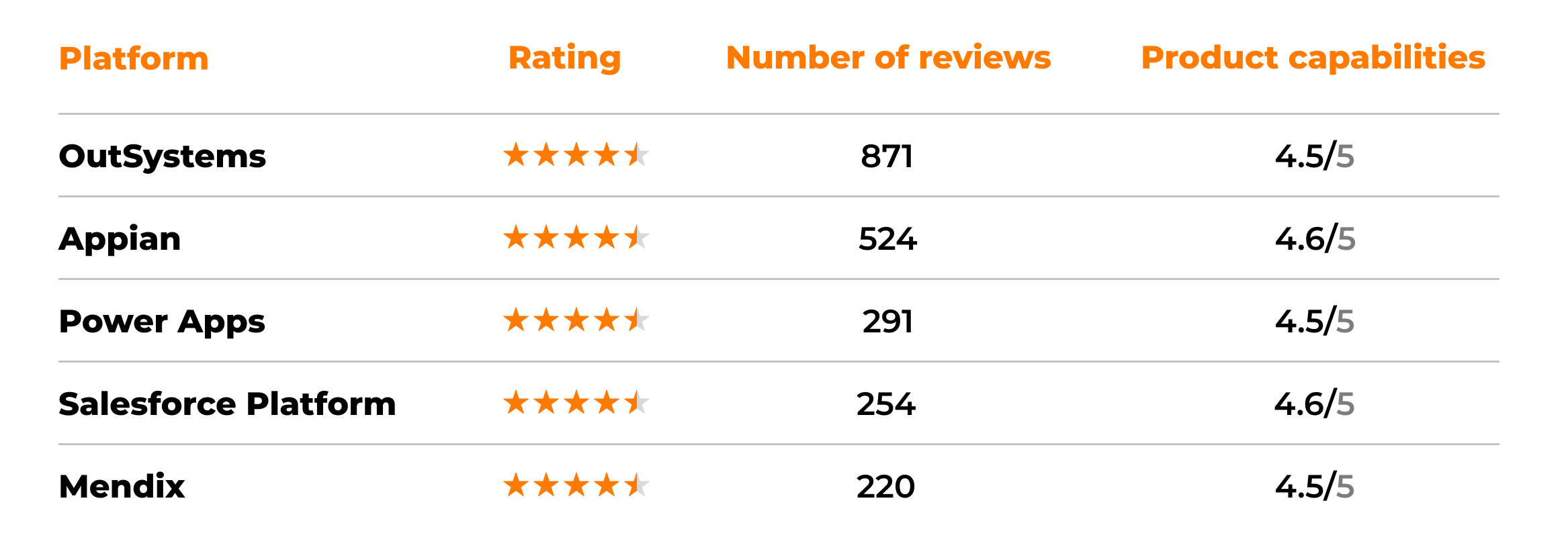
Why Mendix is a go-to low-code platform for our team
While there are many popular platforms like Appian, Power Apps, and OutSystems, our low-code developers build award-winning solutions with Mendix — a 5x leader in the 2023 Gartner Magic Quadrant.

Mendix’s features
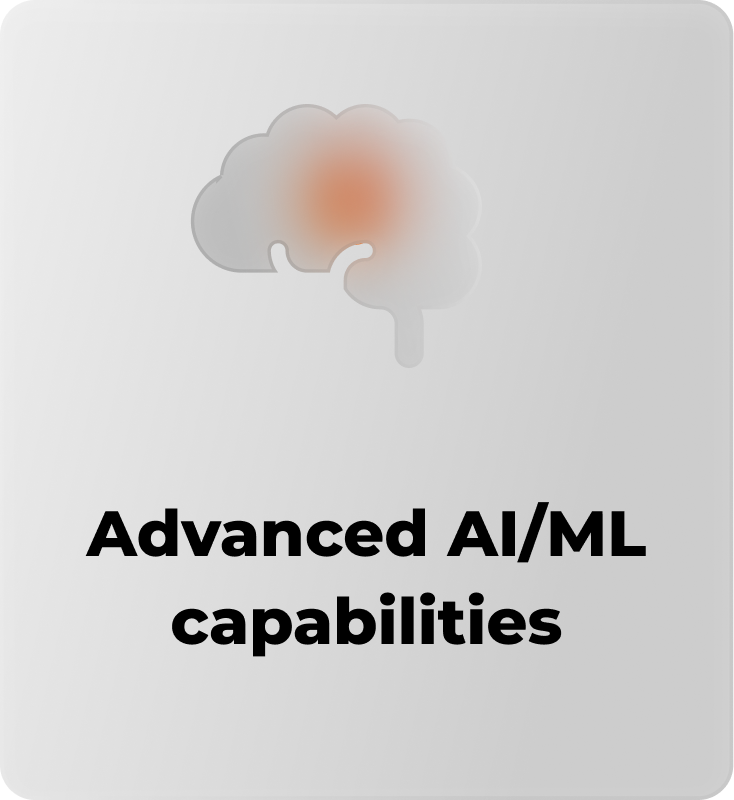

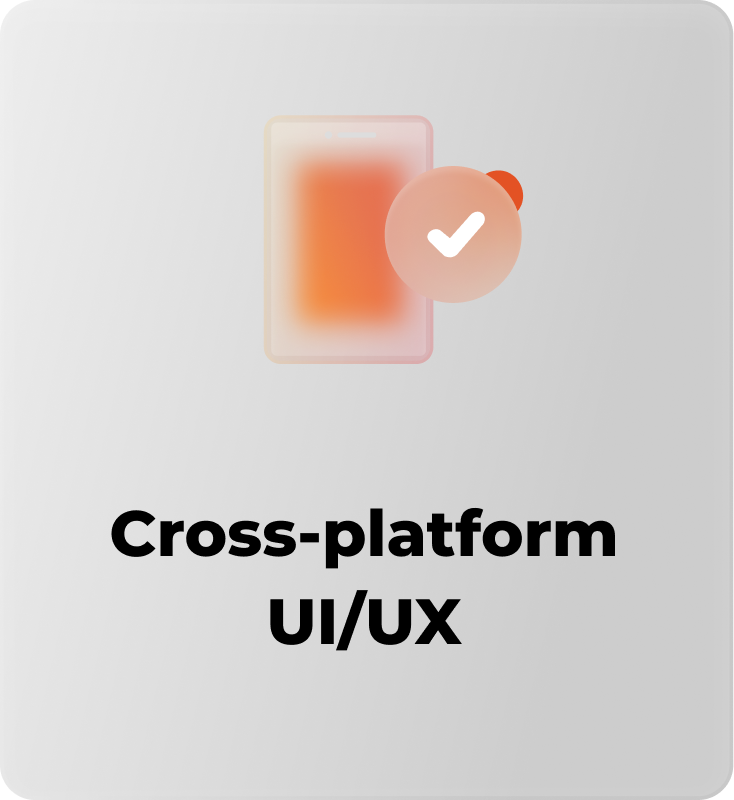
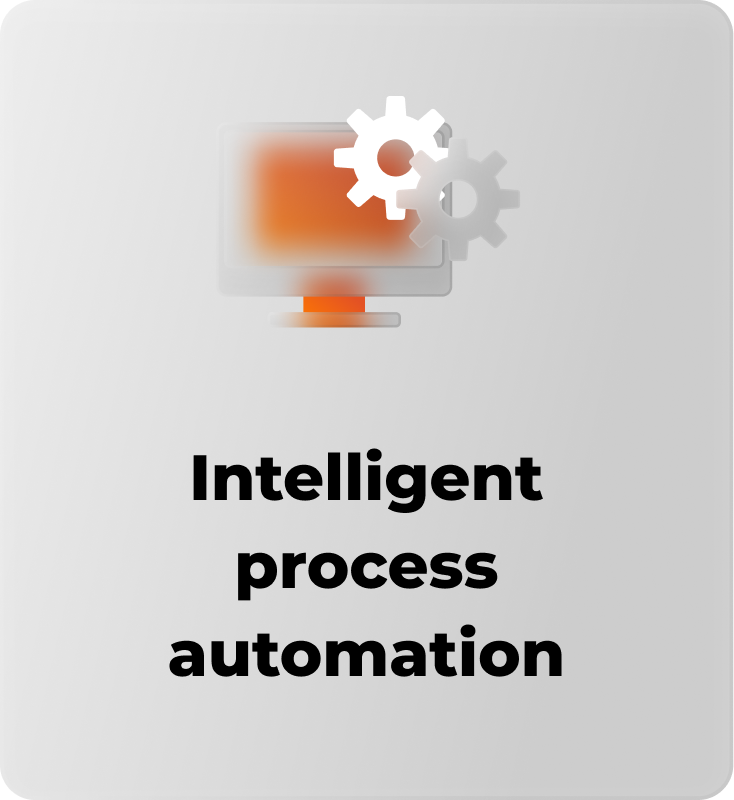
- Advanced AI/ML capabilities
Mendix offers rich AI capabilities, from connecting your app to ChatGPT to embedded integration of ML models. The platform also offers built-in AI to assist application modeling, data validation, and audit for best practices. - Cloud, on-premise, and hybrid
Mendix is a partner to numerous cloud vendors, enabling companies to deploy and scale in any environment — be it public, private, hybrid clouds, or on premises. - Cross-platform UI/UX
Mendix helps to craft consistent and captivating multi-channel interactions across web, mobile, wearable, conversational, and immersive interfaces. - Intelligent process automation
Mendix provides a reliable, efficient framework for revamping operations and building flexible workflows swiftly and at scale.
Conclusion
Adopting low-code development is a strategic move for companies that want to stay agile, responsive, and competitive in a rapidly evolving digital landscape. With careful consideration of its benefits, limitations, and effective implementation strategies, businesses can harness the power of low-code development to propel innovation and efficiency in their software development process.













